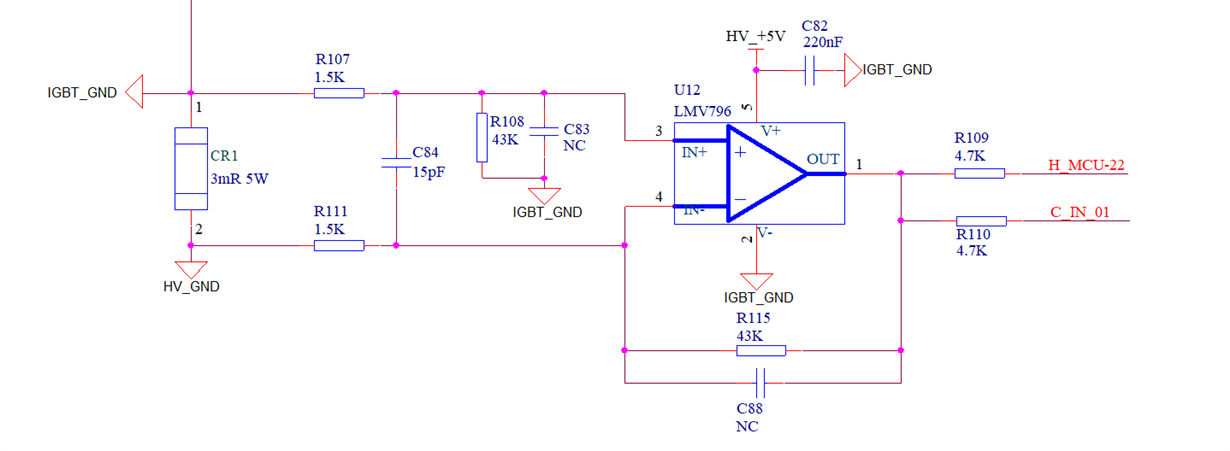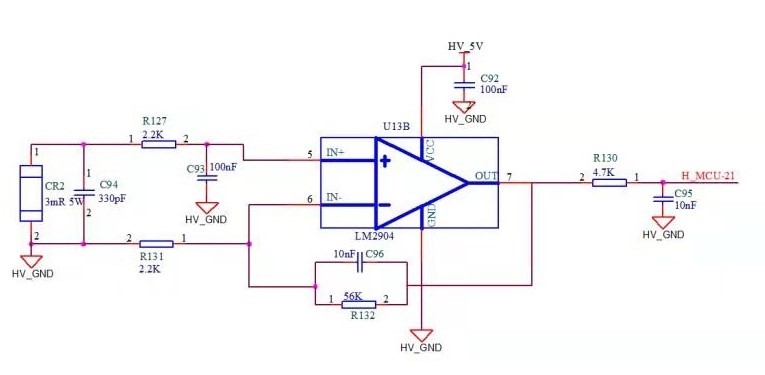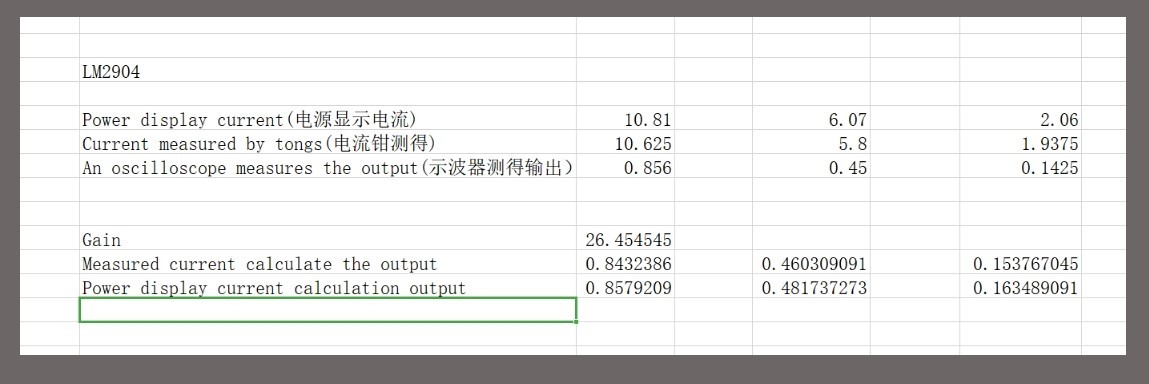Other Parts Discussed in Thread: LM2904
Dear Team:
Please check the schematic as below:
Customer used the IGBT_GND for LMV796 reference GND, and the input is HV_GND, so does the input is a negative voltage, and the output is also a negative voltage?
The output(H_MCU-22) is to MCU, but the MCU can not receive a negative voltage. My question is if output is a negative voltage, what method can turn the voltage to positive? Or the LMV796 design is unreasonable now, need to change the design?
Customer want to monitor the IGBT current.
Thanks!
Thanks!
Regards!
Eric Shen





